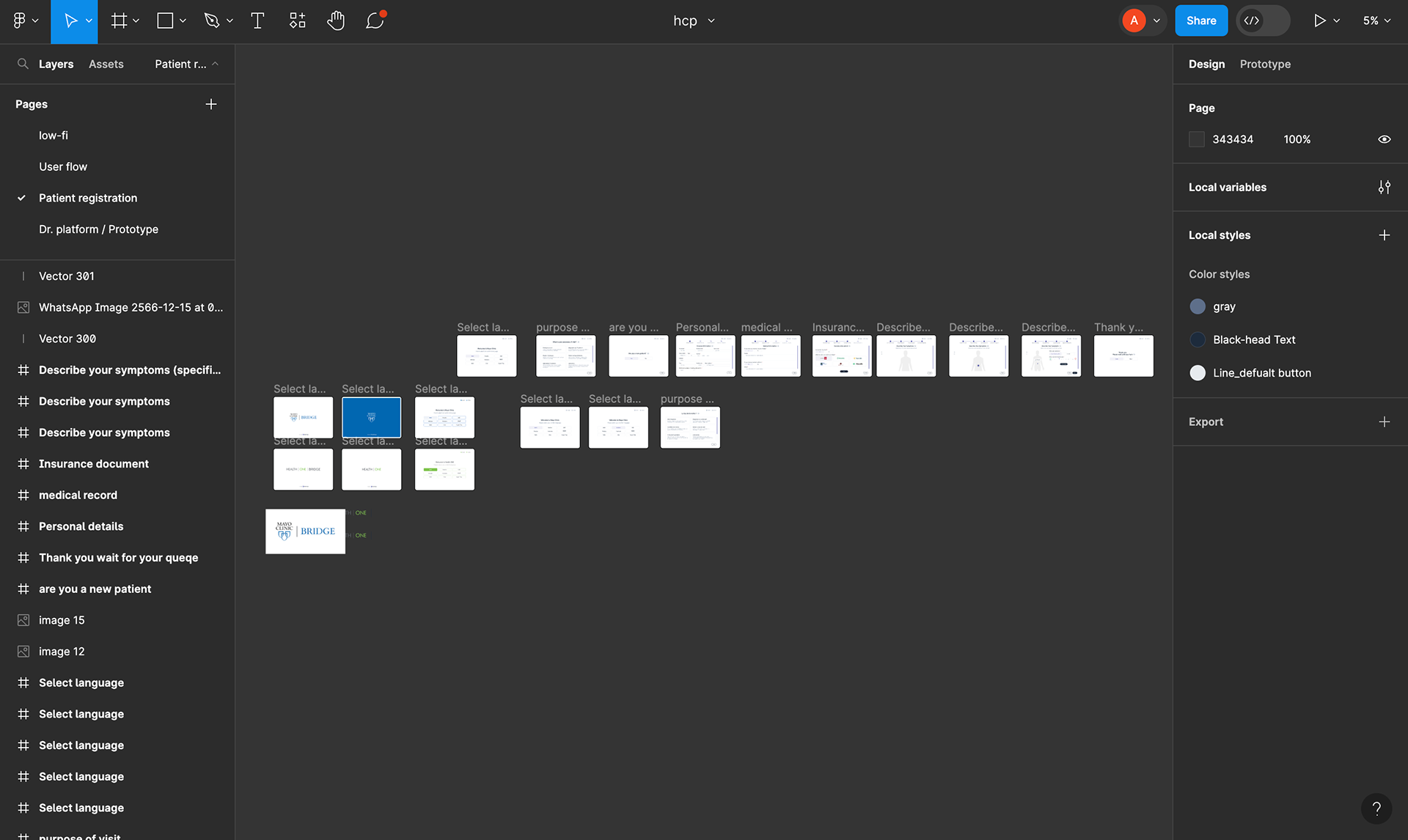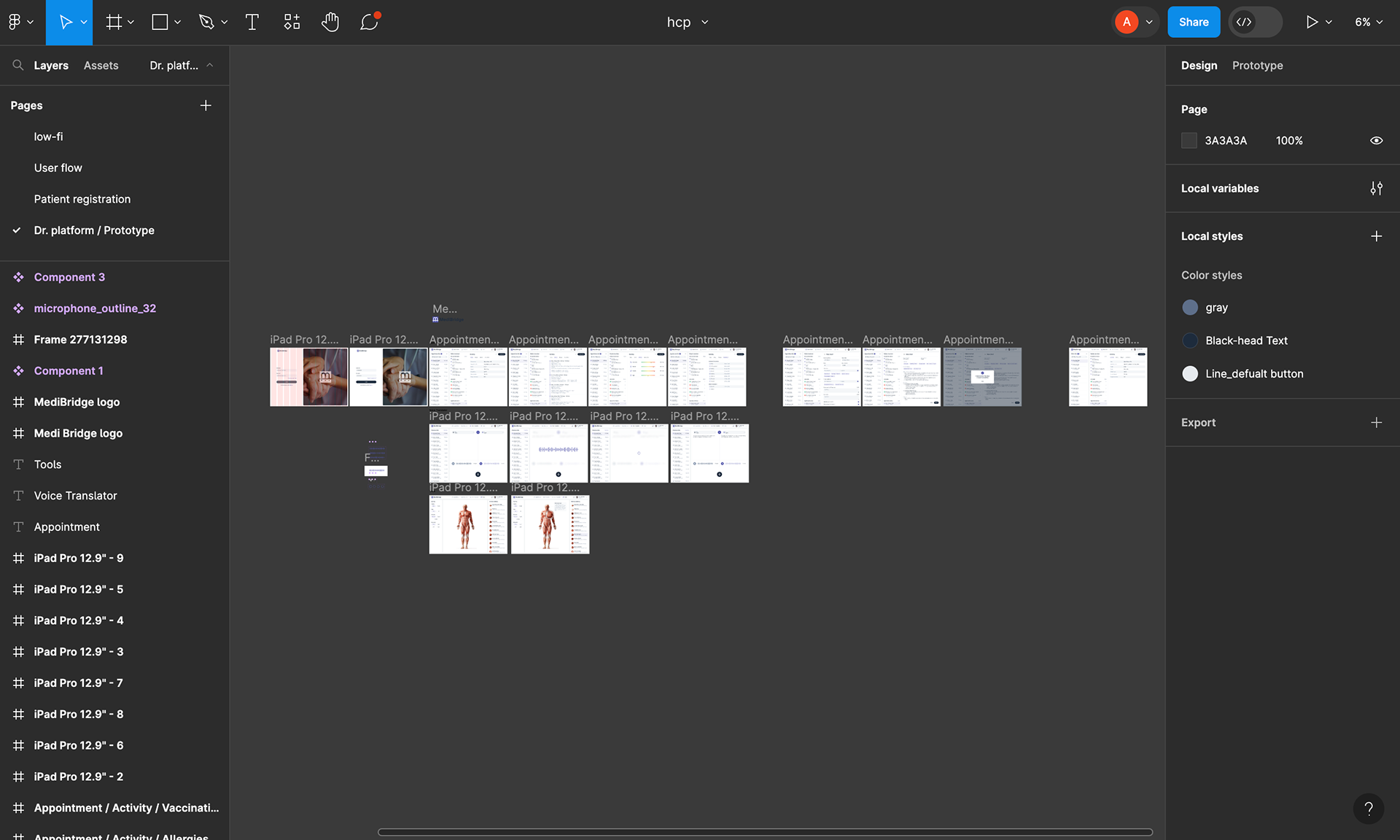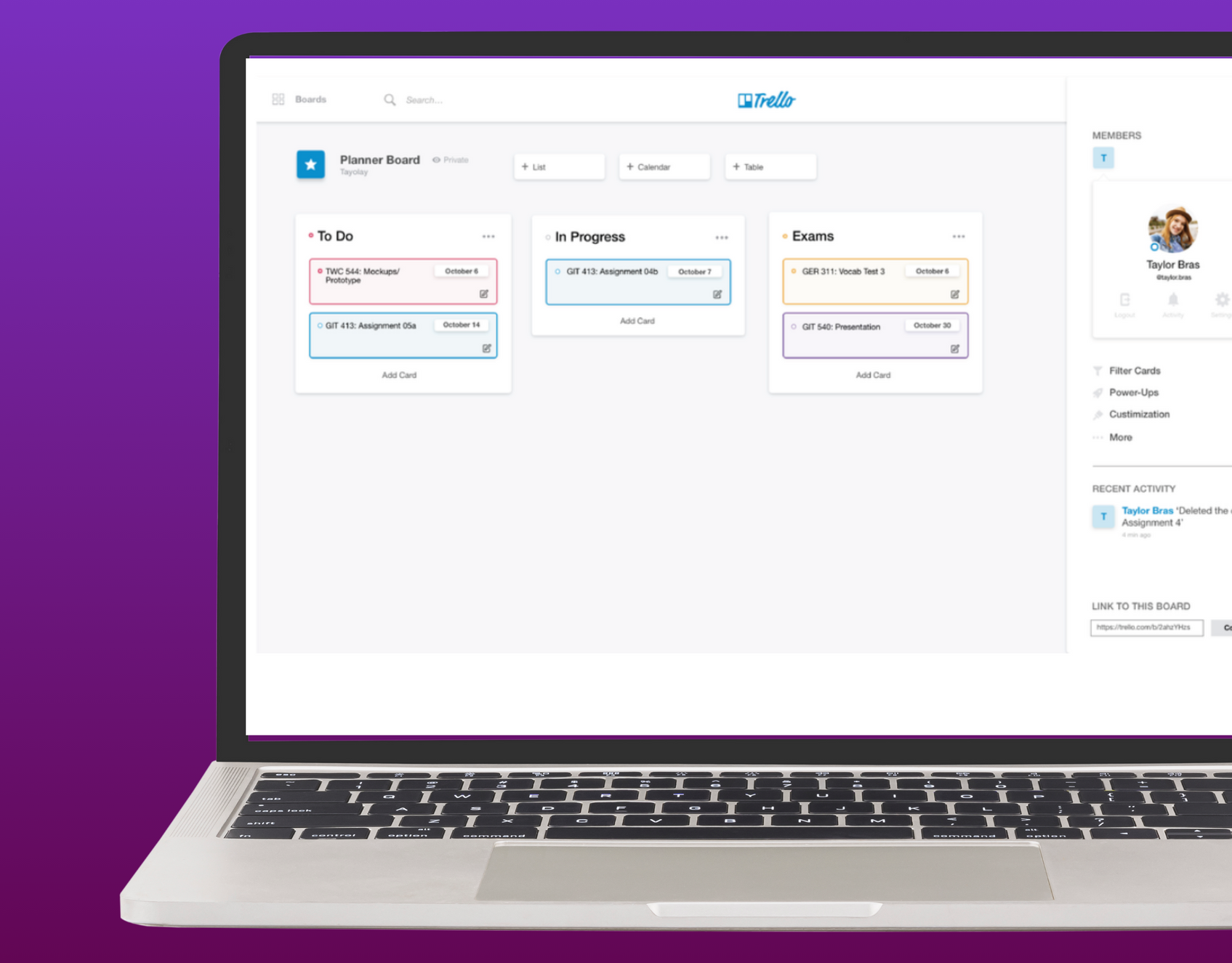PROJECT OVERVIEW
The primary aim of this project is to develop a comprehensive medical dashboard and registration form that accommodates input in multiple languages for both doctors and patients. Additionally, the system will feature real-time translation capabilities to facilitate seamless communication between doctors and patients irrespective of their preferred language.
The project aims to revolutionize medical interactions by providing a multilingual dashboard and registration system equipped with real-time translation capabilities. This innovative approach seeks to bridge language gaps, fostering efficient communication and enhancing the overall healthcare experience for doctors and patients alike.
USER RESEARCH
To enhance a medical dashboard and registration form facilitating multilingual input for doctors and patients, alongside real-time conversation translation. The research incorporates competitive analysis and user interviews.
key components
1. Multilingual Input:
Understand the user's needs for inputting medical information in various languages. Assess the feasibility and necessity of real-time translation features during data input.
Understand the user's needs for inputting medical information in various languages. Assess the feasibility and necessity of real-time translation features during data input.
2. Real-Time Conversation Translation:
Explore user expectations and preferences concerning real-time conversation translation within the medical context. Determine the potential impact on doctor-patient interactions.
Explore user expectations and preferences concerning real-time conversation translation within the medical context. Determine the potential impact on doctor-patient interactions.
3. Competitive Analysis:
Evaluate existing solutions or platforms offering multilingual medical input and real-time translation features. Identify strengths, weaknesses, and opportunities for improvement.
Evaluate existing solutions or platforms offering multilingual medical input and real-time translation features. Identify strengths, weaknesses, and opportunities for improvement.
4. User Interviews:
Engage doctors and patients in interviews to comprehend their language-related challenges in medical settings. Gather insights into desired functionalities, usability preferences, and potential concerns.
Engage doctors and patients in interviews to comprehend their language-related challenges in medical settings. Gather insights into desired functionalities, usability preferences, and potential concerns.
Synthesize insights from user interviews and competitive analysis to inform the development of an enhanced medical dashboard and registration form. Prioritize features and functionalities based on user needs and preferences, ensuring a user-friendly, multilingual platform for improved doctor-patient interactions.
QUALITATIVE INTERVIEWS
The aim of conducting qualitative interviews for the medical dashboard and registration form is to understand user needs, preferences, and challenges related to inputting and translating information in different languages. The focus includes facilitating seamless communication between doctors and patients through real-time translation.
"Challenges arise in accurately understanding symptoms, medical history, and conveying complex medical information to patients who have limited English proficiency."
"Initially, I try using simple language and gestures, but often resort to finding someone who speaks the patient's language or using translation apps."
"I've used multilingual devices and translation apps occasionally to facilitate communication."
The insights obtained from these qualitative interviews will inform the design and development process, ensuring the creation of a medical dashboard and registration form that cater effectively to multilingual users. The goal is to enhance user experience, streamline communication, and foster a seamless and inclusive environment for doctors and patients from diverse linguistic backgrounds.
INSIGHTS
After conducting user interviews, contextual inquiry and analyzing the gathered data, I was able to categorize the insights into these 3 categories:
PERSONA
The research findings highlighted distinct challenges faced by various user groups. To address this, I segmented them into two distinct user profiles based on their respective goals and tasks.
WORK IN PROGRESS
PATIENT USERFLOW
HEALTHCARE PRACTITIONER USERFLOW
FIGMA DASHBOARDS



THE SOLUTION
Multilingual Input
The platform allows doctors and patients to input information in their preferred languages, ensuring ease of understanding and communication.
Registration Form
A user-friendly registration form enables patients to provide their details in their native language, promoting inclusivity and ease of information submission.
Medical Dashboard
Doctors have access to a centralized dashboard where they can view patient information in various languages, enabling comprehensive understanding and efficient diagnosis.
Real-time Translation
Conversations and interactions between doctors and patients instantly translate into their respective languages, promoting clear communication and understanding.
INTEGRATION OF VISUAL AIDS
Visual aids within the medical dashboard and registration form serve as crucial tools for facilitating comprehension and accessibility. These aids encompass various elements such as diagrams, illustrations, charts, and images strategically placed within the interface.
This solution aims to revolutionize medical interactions by offering a user-centric, multilingual platform that prioritizes effective communication and accessibility within the healthcare domain.
USABILITY TESTING
I conducted rigorous testing throughout different stages of the project:
- Weekly testing of mid-fidelity prototypes engaged participants in providing feedback on functionality, content, and interactivity at various project stages.
- Unmoderated user testing involved a subset of participants interacting with the prototype, executing hypothetical tasks in real-world scenarios to evaluate the usability and overall effectiveness of the product.
- Unmoderated user testing involved a subset of participants interacting with the prototype, executing hypothetical tasks in real-world scenarios to evaluate the usability and overall effectiveness of the product.
SEEING RESULTS
Following user testing, we compared the outcomes of our redesign with our initial data. In our December presentation, we were thrilled to highlight improvements in completion rates, user satisfaction, and student resilience as a direct result of our redesign efforts.
PROJECT LEARNINGS
1. Inclusivity through Language Diversity:
Embracing multiple languages in medical interfaces expands accessibility, enabling doctors and patients to communicate effectively regardless of language barriers.
2. Enhancing Comprehension with Visual Aids:
Integrating visual aids and demonstrations enhances comprehension, particularly in medical contexts, where visual representation can elucidate complex information.
3. Real-time Translation for Seamless Communication:
Real-time translation capabilities foster seamless conversations between doctors and patients, overcoming language obstacles and ensuring clarity in medical discussions.
4. User-Centric Design:
Prioritizing user needs by incorporating features like multilingual input and real-time translation demonstrates the importance of user-centric design in healthcare platforms.
5. Cultural Sensitivity and Context:
Recognizing the significance of cultural nuances and contextual understanding when designing interfaces for diverse users fosters better engagement and communication in sensitive medical environments.
6. Continuous Iteration and Improvement:
Embracing an iterative approach to development allows for ongoing refinement based on user feedback, ensuring the platform continually evolves to meet the needs of both doctors and patients.





